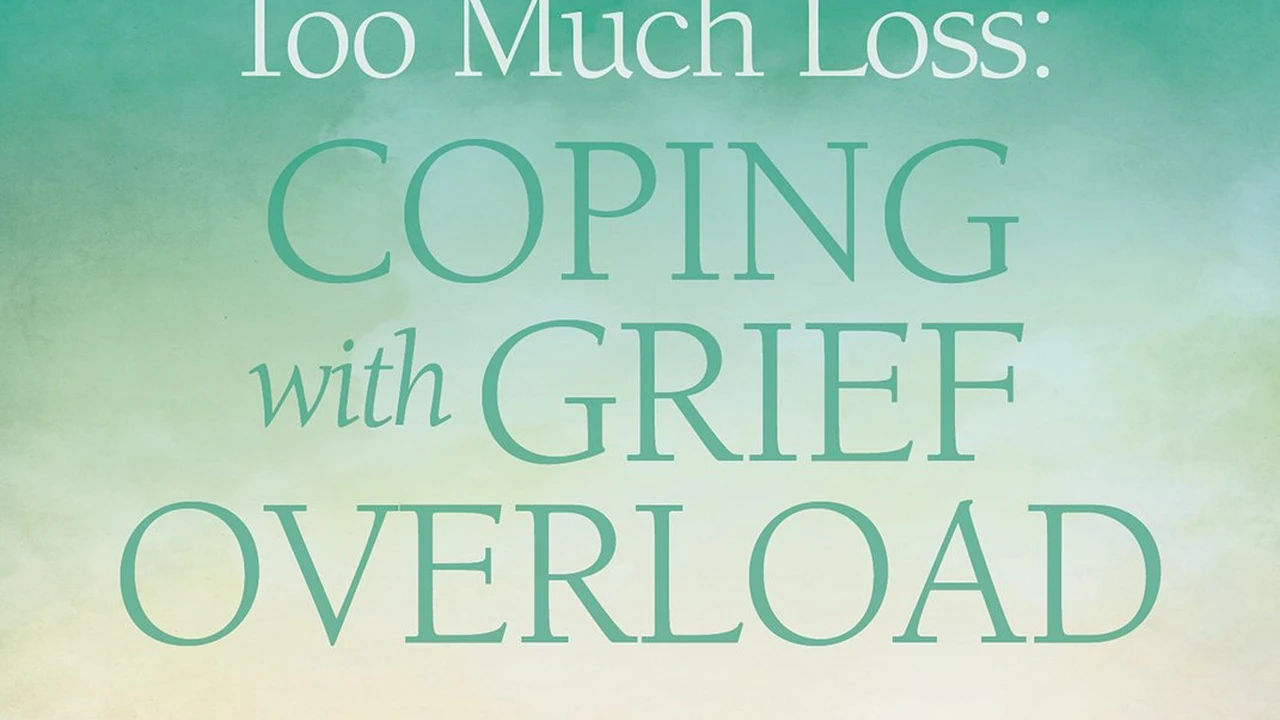REM Sleep Behavior Disorder (RBD): Symptoms and Risks
Sample meta description.
: Symptoms and Risks.webp)
Understanding REM Sleep Behavior Disorder RBD What is it
Okay, so you've probably heard of REM sleep, right? It's that stage of sleep where your brain is super active, and you're usually dreaming up a storm. Normally, during REM sleep, your body is paralyzed – a natural safety mechanism to prevent you from acting out your dreams. But with REM Sleep Behavior Disorder (RBD), that paralysis doesn't happen. Think of it like the brakes on your dream train failing. Suddenly, you're physically acting out those dreams, which can range from simple twitches to full-blown thrashing, kicking, punching, and even getting out of bed and running around. Seriously! It's not just sleepwalking, although it can sometimes be confused with it.
RBD Symptoms Recognizing the Signs of Dream Enactment
How do you know if you or someone you love might have RBD? Well, the biggest clue is acting out dreams. Think about these scenarios: shouting, yelling, laughing, talking, or even crying out during sleep. Maybe you’ve noticed flailing arms, punching the air, kicking your partner, or even falling out of bed. Sometimes, people even report vivid and violent dreams that match their physical movements. It's important to note that this usually happens during the later part of the night, when REM sleep is more prominent. Also, if someone wakes up during one of these episodes, they’re usually alert and remember the dream they were having. This is different from sleepwalking, where people are often confused when awakened.
RBD Risks Potential Dangers of Acting Out Dreams
Let's be real, acting out your dreams can be dangerous. The biggest risk is injury – to yourself or your bed partner. We're talking bruises, cuts, broken bones, and even head trauma. Imagine swinging your arm in your sleep and accidentally hitting your partner in the face, or falling out of bed and landing awkwardly. It's not just the immediate physical danger, either. The fear of getting hurt (or hurting someone else) can lead to anxiety and sleep deprivation, which can affect your overall health and well-being. Furthermore, research has linked RBD to a higher risk of developing neurodegenerative diseases like Parkinson's disease, Lewy body dementia, and multiple system atrophy. While RBD doesn't *cause* these diseases, it can be an early indicator that something might be brewing in the brain.
Diagnosing RBD How is it Identified
If you suspect you might have RBD, it's crucial to see a doctor, preferably a sleep specialist. They'll likely ask about your sleep history, any medications you're taking, and your symptoms. The gold standard for diagnosing RBD is a polysomnogram, also known as a sleep study. During a sleep study, you'll spend a night in a sleep lab while technicians monitor your brain waves, eye movements, muscle activity, heart rate, and breathing. This allows them to see if you're losing muscle atonia (paralysis) during REM sleep and if you're exhibiting abnormal movements. They might also use video recordings to document your behavior during sleep. It's not the most glamorous experience, but it's the best way to get a definitive diagnosis.
RBD Treatment Managing Dream Enactment for Better Sleep
Okay, so you've been diagnosed with RBD. What now? The good news is that there are treatments available that can help manage the symptoms. The most common medications are clonazepam and melatonin. Clonazepam is a benzodiazepine that helps to reduce muscle activity during REM sleep. Melatonin is a natural hormone that helps regulate the sleep-wake cycle and can also reduce the frequency and severity of RBD episodes. Your doctor will determine the best medication and dosage for you based on your individual needs and medical history. Besides medication, there are also lifestyle changes you can make to improve your sleep safety. These include removing sharp objects from your bedroom, padding the floor around your bed, and lowering the bed to the ground. Talk to your doctor about strategies to make your sleep environment as safe as possible.
Lifestyle Changes for RBD Minimizing Triggers and Maximizing Safety
Besides medication and environmental adjustments, some lifestyle changes can make a big difference in managing RBD. First, try to maintain a regular sleep schedule. Go to bed and wake up at the same time each day, even on weekends, to regulate your body's natural sleep-wake cycle. Avoid caffeine and alcohol, especially in the evening, as these can disrupt sleep. Regular exercise is beneficial, but avoid strenuous activity close to bedtime. Manage stress through relaxation techniques like meditation, yoga, or deep breathing exercises. A healthy diet can also contribute to better sleep. These lifestyle adjustments are essential for overall sleep quality and can help minimize RBD triggers.
RBD and Neurodegenerative Diseases The Link and What it Means
As mentioned earlier, RBD is often associated with an increased risk of developing neurodegenerative diseases like Parkinson's disease, Lewy body dementia, and multiple system atrophy. Researchers believe that RBD may be an early sign of these diseases, sometimes appearing years or even decades before other symptoms develop. The exact reason for this link is still being investigated, but it's thought that the same brain regions that are affected in these diseases are also involved in regulating REM sleep. It's important to remember that not everyone with RBD will develop these diseases, but it's something to be aware of. If you have RBD, your doctor may recommend regular neurological checkups to monitor your condition and detect any potential problems early on.
Supporting Loved Ones with RBD Practical Tips for Caregivers
If you're caring for someone with RBD, it's important to understand the condition and how to support them. First and foremost, create a safe sleep environment by removing hazards from the bedroom and padding the floor. Be patient and understanding during episodes, and avoid trying to restrain them unless they're in immediate danger. Communicate openly with your loved one about their dreams and any concerns they have. Encourage them to see a doctor and follow their treatment plan. Remember to take care of yourself as well. Caregiving can be stressful, so make sure to get enough sleep, eat a healthy diet, and find time for relaxation and activities you enjoy. Joining a support group for caregivers can also provide valuable resources and emotional support.
RBD in Women Understanding the Prevalence and Unique Aspects
While RBD is generally considered more common in men, women can also experience this sleep disorder. Research suggests that the prevalence of RBD in women may be underestimated, as symptoms can sometimes be attributed to other conditions or overlooked. The presentation of RBD in women may also differ slightly compared to men. For example, women may experience more complex and emotionally charged dreams, and their physical manifestations of RBD may be less overtly aggressive. Hormonal factors and menopausal changes can also play a role in the development or exacerbation of RBD in women. It's crucial for healthcare providers to consider RBD as a potential diagnosis in women presenting with sleep disturbances and dream enactment behaviors.
The Future of RBD Research Exploring New Treatments and Diagnostic Tools
Research into RBD is ongoing, with scientists exploring new treatments and diagnostic tools to improve the lives of those affected by the condition. Some of the promising areas of research include the development of more targeted medications with fewer side effects, the use of biomarkers to identify individuals at high risk of developing neurodegenerative diseases, and the development of non-invasive brain stimulation techniques to modulate brain activity during REM sleep. Researchers are also investigating the role of genetics in RBD and the potential for personalized medicine approaches to treatment. The future of RBD research is bright, with the potential for significant advances in our understanding and management of this complex sleep disorder.
RBD and Mental Health Addressing Anxiety and Depression
Living with RBD can take a toll on mental health. The fear of injury, the disruption of sleep, and the potential association with neurodegenerative diseases can lead to anxiety, depression, and other psychological challenges. It's important to address these mental health concerns as part of a comprehensive RBD treatment plan. Cognitive behavioral therapy (CBT) can be helpful in managing anxiety and improving sleep quality. Mindfulness meditation and relaxation techniques can also reduce stress and promote emotional well-being. In some cases, antidepressant medications may be necessary to treat depression. Seeking support from a therapist or counselor can provide a safe space to process emotions and develop coping strategies. Addressing mental health is essential for improving the overall quality of life for individuals with RBD.
Products for Managing RBD Creating a Safe and Comfortable Sleep Environment
Beyond medical treatments and lifestyle changes, several products can help manage RBD and create a safer, more comfortable sleep environment. Here are a few recommendations, along with their uses, comparisons, and price points (approximate):
Bed Rails for RBD Preventing Falls and Injuries
Product: Bed rails (various brands like Stander, Medline)
Use: Prevent falls out of bed during dream enactment. Especially helpful for those who thrash or move aggressively in their sleep.
Comparison: * Types: Full-length rails, half-length rails, adjustable rails. * Features: Some have padding, some are foldable, some are designed to attach to specific bed frames. * Considerations: Ease of installation, stability, height, whether it interferes with getting in and out of bed normally.
Price: $50 - $200 per rail, depending on features and brand.
Mattress Pads for RBD Reducing Impact and Protecting Skin
Product: Thick mattress pads or toppers (Memory foam, gel-infused, or quilted)
Use: Provides cushioning to minimize injury from falls or hitting the bed frame. Can also improve overall sleep comfort.
Comparison: * Materials: Memory foam offers good support, gel-infused helps with temperature regulation, quilted provides a softer feel. * Thickness: The thicker the pad, the more protection it offers. * Considerations: Breathability, hypoallergenic properties, ease of cleaning.
Price: $80 - $400, depending on size, material, and thickness.
Weighted Blankets for RBD Promoting Calmness and Reducing Movement
Product: Weighted blankets (YnM, Gravity Blanket, Tranquility)
Use: The gentle pressure of a weighted blanket can have a calming effect, potentially reducing restlessness and movement during sleep. It can also help reduce anxiety.
Comparison: * Weight: Generally recommended to be around 10% of your body weight. * Materials: Cotton, bamboo, minky. Consider breathability and personal preference. * Construction: Look for blankets with evenly distributed weight and quality stitching.
Price: $60 - $300, depending on weight, size, and material.
Safety Alarm for RBD Alerting Caregivers to Nighttime Activity
Product: Bed exit alarm systems or motion sensor alarms (various brands available online)
Use: A motion sensor or bed exit alarm system can alert a caregiver if the person with RBD leaves the bed or exhibits significant movement during the night. This allows for prompt intervention to prevent injury.
Comparison: * Types: Bed exit alarms with pressure sensors, motion sensor alarms that detect movement in the room. * Features: Adjustable sensitivity, volume control, caregiver pagers. * Considerations: Ease of use, reliability, range of the caregiver pager.
Price: $50 - $250, depending on the type of system and features.
Voice Recorders for RBD Documenting Sleep Talking
Product: Digital voice recorder (Sony ICD-PX370, Olympus WS-852)
Use: While not directly preventing injury, recording sleep talking can provide valuable information about dream content and the severity of RBD episodes. This information can be shared with a doctor to help with diagnosis and treatment.
Comparison: * Features: Long recording time, voice activation, easy file transfer to a computer. * Considerations: Sound quality, ease of use, battery life.
Price: $30 - $100
Room Setup for RBD Creating a Safe Space
Product: Padded walls or floor mats
Use: For extreme cases, padding the walls or using floor mats can significantly reduce the risk of injury.
Comparison: * Types: Gym mats, interlocking foam tiles, custom-made padded panels * Considerations: Coverage area, ease of cleaning, aesthetics
Price: $50 - $500 (depending on coverage area and materials)
:max_bytes(150000):strip_icc()/277019-baked-pork-chops-with-cream-of-mushroom-soup-DDMFS-beauty-4x3-BG-7505-5762b731cf30447d9cbbbbbf387beafa.jpg)





